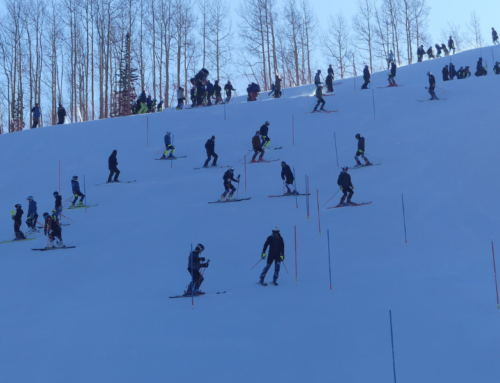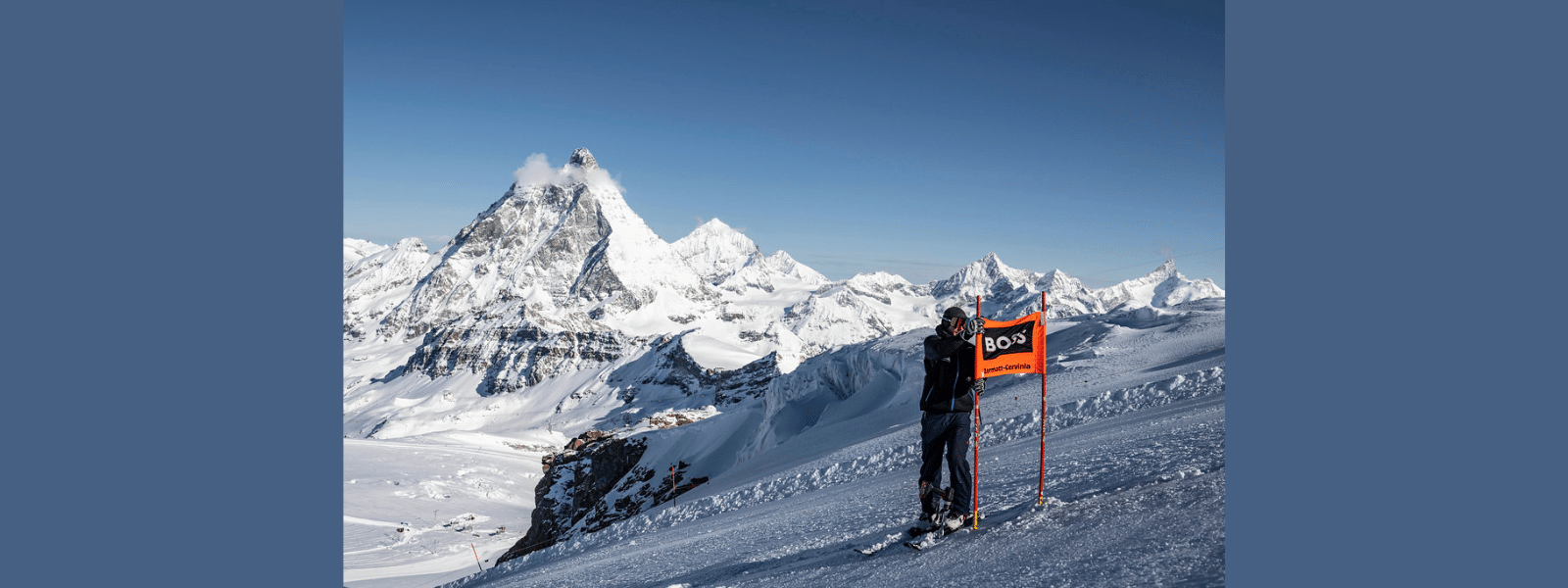World Cup Rewind: Tale of the tape
 According to the new World Cup overall champions, Aksel Lund Svindal and Nicole Hosp, it was a tortoise and hare scenario. Steady wins the race. That makes some sense when the race is a marathon stretching over five-and-a-half months and moving from Austria to Finland, to Canada, to the U.S., to France, to Italy, Austria, Italy, Switzerland … you get the idea.
According to the new World Cup overall champions, Aksel Lund Svindal and Nicole Hosp, it was a tortoise and hare scenario. Steady wins the race. That makes some sense when the race is a marathon stretching over five-and-a-half months and moving from Austria to Finland, to Canada, to the U.S., to France, to Italy, Austria, Italy, Switzerland … you get the idea.
A good marathon competitor needs a big sprint, which both of these skiers had. In the end, and we mean the very end, Svindal and Hosp claimed the big crystal globes indicative of being the best alpine ski racers in the world this season. Both skiers needed to be — and were —at their best in the final races. But it was more like a “Rabbit and Hare,” principle with which they won. The steady part had merely let them survive to the finish. In that finish sprint, at Lenzerheide, Switzerland, they both reached for, and found, another gear.
ACCORDING TO THE new World Cup overall champions, Aksel Lund Svindal and Nicole Hosp, it was a tortoise and hare scenario. Steady wins the race. That makes some sense when the race is a marathon stretching over five-and-a-half months and moving from Austria to Finland, to Canada, to the U.S., to France, to Italy, Austria, Italy, Switzerland … you get the idea.
A good marathon competitor needs a big sprint, which both of these skiers had. In the end, and we mean the very end, Svindal and Hosp claimed the big crystal globes indicative of being the best alpine ski racers in the world this season. Both skiers needed to be — and were —at their best in the final races. But it was more like a “Rabbit and Hare,” principle with which they won. The steady part had merely let them survive to the finish. In that finish sprint, at Lenzerheide, Switzerland, they both reached for, and found, another gear.
Svindal scored in 32 of the 36 races held for the men. He won five races all season; three of them in Finals. Hosp scored in 30 of the 35 women’s races. She won four races all season, one just before Finals started, and the final two races of the season. Both Hosp and Svindal also claimed wins at the February World Championships as well, in races where medals count and points don’t. All told, the two had rather optimal seasons.
The Austrians, of which Hosp is one, had another dominating season, winning the Nations Cup by 8,874 points over the next closest country. It is the 18th straight time the Austrians have won.
The Austrians, as might be expected, had more than their share of the season’s highlights. Three Austrian skiers won more races than either Cup champion. The “Speed Queen,” Renate Goetschl, won eight races, the last two on a broken fibula redefining toughness. Marlies Schild won eight races, seven of them slaloms and one of those by more than two seconds the fourth largest women’s slalom margin in history. Benjamin Raich won six races. He was second in the Lenzerheide super G by 0.13 seconds to Svindal. Raich has never won a super G, but that win would have gained him 20 points. He lost the overall title by 13.
The U.S. finished third among nations, right behind Switzerland. Bode Miller won the super G title, bringing his career title total to four. No American — not Phil Mahre, not Tamara McKinney — has won more discipline titles than Bode Miller. U.S. skiers won 12 World Cup races: Lindsey Kildow three, Julia Mancuso four, Miller four and Steven Nyman one. That’s the third largest U.S. total in World Cup history, and it is one more than last season, indicative of a healthy team. For the third straight season Kildow and Mancuso finished in the top 10 of the final Cup standings. This time, both made the top six. Another good indicator.
It was also a banner year for Canada, particularly for the men who set a record for Nations Cup points at 2,258. At Garmisch, Erik Guay won the first men’s downhill for Canada since 1994, and it was the first time the Canadian men had put three into the top 10 since 1988.
At World Championships, there were some unlikely winners.
Swedish star Anja Paerson, fighting a rehabbing knee as much as the competition, took a rest before the worlds and, riding a wave of support from the Swedish fans at Are, struck for three gold medals, a feat that puts her in a club so restrictive that only eight others belong.
Other gold medals went to Patrick Staudacher, Daniel Albrecht and Sarka Zahrobska, none of whom have a World Cup win to their name. Mario Matt, Svindal and Hosp got the other gold medals.
But it is the World Cup, the marathon, that skiers prize most. In the end, Hosp and Svindal did everything possible to pull out the crowns. Austrian women swept the discipline titles: Goetschl for DH and SG, Schild for slalom and Hosp, with a final race victory, the GS. Swiss veteran Didier Cuche took the men’s downhill title, Miller the super G, Svindal the combined and GS. With another remarkable performance, Raich claimed the slalom title. Both overall titles had different leaders during the final days of racing at Lenzerheide. It took mental toughness and plenty of amazing skiing to pull off the titles Hosp and Svindal won.
“The overall World Cup title is the greatest prize there is,” Svindal said. “To win it in the last run, in the last race of the season, is just crazy.”
Yet at Lenzerheide, it happened twice.






















